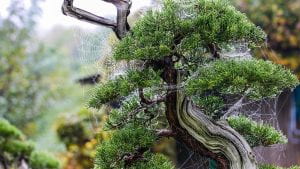
As we grapple with the pressing challenges of climate change and social inequality, ecofeminism offers a unique perspective on the connections between these issues and how we relate to the natural world. Within this framework, multiple levels of existence intersect, leading to a more profound interconnection of matters that influence our social and environmental welfare.
At the heart of ecofeminist thought lies the recognition that environmental degradation and social inequality are not individual concerns but rather indications of a more extensive systemic issue. The concept of intersectionality is fundamental to this ideology as it highlights the significance of recognizing the numerous ways in which women may encounter oppression when various forms of oppression intersect and influence both people and the natural world.
Intersectionality, a term coined by Kimberlé Crenshaw, refers to the interlocking nature of various forms of oppression and marginalization experienced by individuals who belong to multiple minority groups. Through this lens, the ecofeminist perspective aims to challenge the traditional notion of nature as a mere resource and commodity to be exploited as it advocates for a more comprehensive method of recognizing the inherent worth of all living beings. This approach helps to highlight the various aspects of race, class, gender, disability, sexuality, caste, religion, and age, and their diverse and unique impacts on discrimination, oppression, and the identity of women and the natural environment (Kings, 64). This method can be best understood as a “web of entanglement” where each web spoke represents a continuous sequence of the various social categorizations mentioned here (Kings, 65). This “web” concept is central to this philosophy, describing the intricate and interconnected relationships between all living beings on the planet.
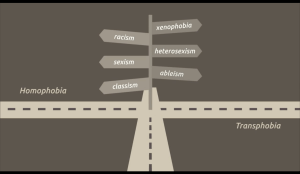
Understanding the historical implications of intersectionality in relation to the ecofeminist perspective is crucial. According to Hobgood-Oster’s Western view of ecofeminism, it is necessary to examine the oppression of both the natural world and women under patriarchal power structures together. In her essay, Ecofeminism: Historic and International Evolution, Hobgood-Oster acknowledges that patriarchal power structures, which have historically marginalized women, also contribute to the exploitation of the environment (2005).
Bina Agarwal’s 1992 article, “The Gender and Environment Debate: Lessons from India”, further highlights the importance of acknowledging the unique relationships that women and men have with the natural world, which are shaped by their specific circumstances and ways of interacting with the environment. Agarwal argues that knowledge about the natural world is largely experiential, and as such, is shaped by the same social structures that shape people’s interactions with nature (126).
However, Leah Thomas takes the issue even further in her article “The Difference Between Ecofeminism & Intersectional Environmentalism”, as she highlights the importance of comprehending the historical implications of intersectionality when considering the ecofeminist viewpoint. Although she agrees that ecofeminism emphasizes the interconnectedness of the exploitation of women and the natural world under patriarchal power structures, she also recognizes that this approach may overlook the disproportionate impacts of environmental degradation on marginalized communities (2020).
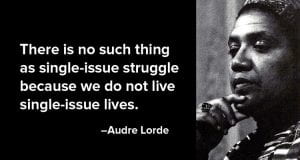
Thomas reminds us that while the ecofeminist perspective primarily focuses on the connection between the oppression of women and the exploitation of the natural world, it does not consider the ways in which environmental degradation affects people of different identities, including people of color, indigenous people, LGBTQ+ individuals, low-income individuals, and others (2020). She argues that in contrast, intersectional environmentalism expands upon the ecofeminist perspective by considering the intersection of various aspects of an individual’s identity in relation to environmental issues and seeks to address the interconnectedness of environmental and social justice concerns.
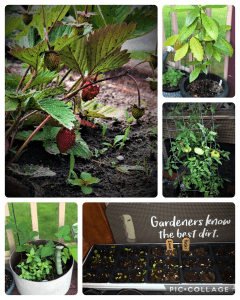
The concept of intersectional environmentalism recognizes the interconnectedness between various forms of oppression and the environment. In this context, a garden serves as a powerful metaphor for understanding the delicate balance of the natural world and the interdependence of all living things. Intersectional environmentalism recognizes that humans are not separate from nature but an integral part of it, and our actions have an impact on the health and wellbeing of the entire ecosystem. Plants, animals, and insects all play crucial roles in a garden’s ecosystem, highlighting the interconnectedness and fragility of nature.
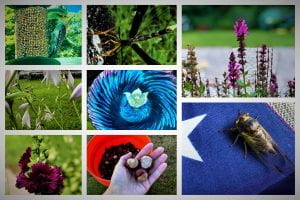
Tending to a garden is not just about nurturing the plants and animals within it but also nurturing our connection to the natural world. Intersectional environmentalism emphasizes the significance of diversity in a garden as a symbol of strength as each plant and animal plays a unique role working collaboratively to promote growth and health in support of protecting and preserving the biodiversity, essential for the long-term survival of all life on earth. Ultimately, a garden is not just a physical location but also a spiritual and emotional space for reflection and contemplation where one can connect with the natural world, appreciate its beauty and complexity, and reflect on our relationship with the environment.
While ecofeminism and intersectional environmentalism both recognize the link between environmental degradation and societal problems, intersectional environmentalism expands upon the ecofeminist perspective by addressing environmental issues in a more inclusive and equitable manner and considering the intersection of various aspects of an individual’s identity to recognize the disproportionate impacts of environmental degradation on marginalized communities.
Works Cited:
Agarwal, Bina. “The Gender and Environment Debate: Lessons from India.” Feminist Studies, vol. 18, no. 1, 1992, pp. 119–158., https://doi.org/10.2307/3178217.
Hobgood-Oster, Laura. “Ecofeminism: Historic and International Evolution.” Encyclopedia of Religion and Nature, edited by Bron Taylor, Continuum, London & New York , 2005, pp. 533–539, http://www.religionandnature.com/ern/sample/Hobgood-Oster–Ecofeminism.pdf.
Kings, A.E. “Intersectionality and the Changing Face of Ecofeminism.” Ethics and the Environment, vol. 22, no. 1, 2017, pp. 63–87., https://doi.org/10.2979/ethicsenviro.22.1.04.
Thomas, Leah. “The Difference between Ecofeminism & Intersectional Environmentalism.” The Good Trade, 11 Aug. 2020, https://www.thegoodtrade.com/features/ecofeminism-intersectional-environmentalism-difference/.
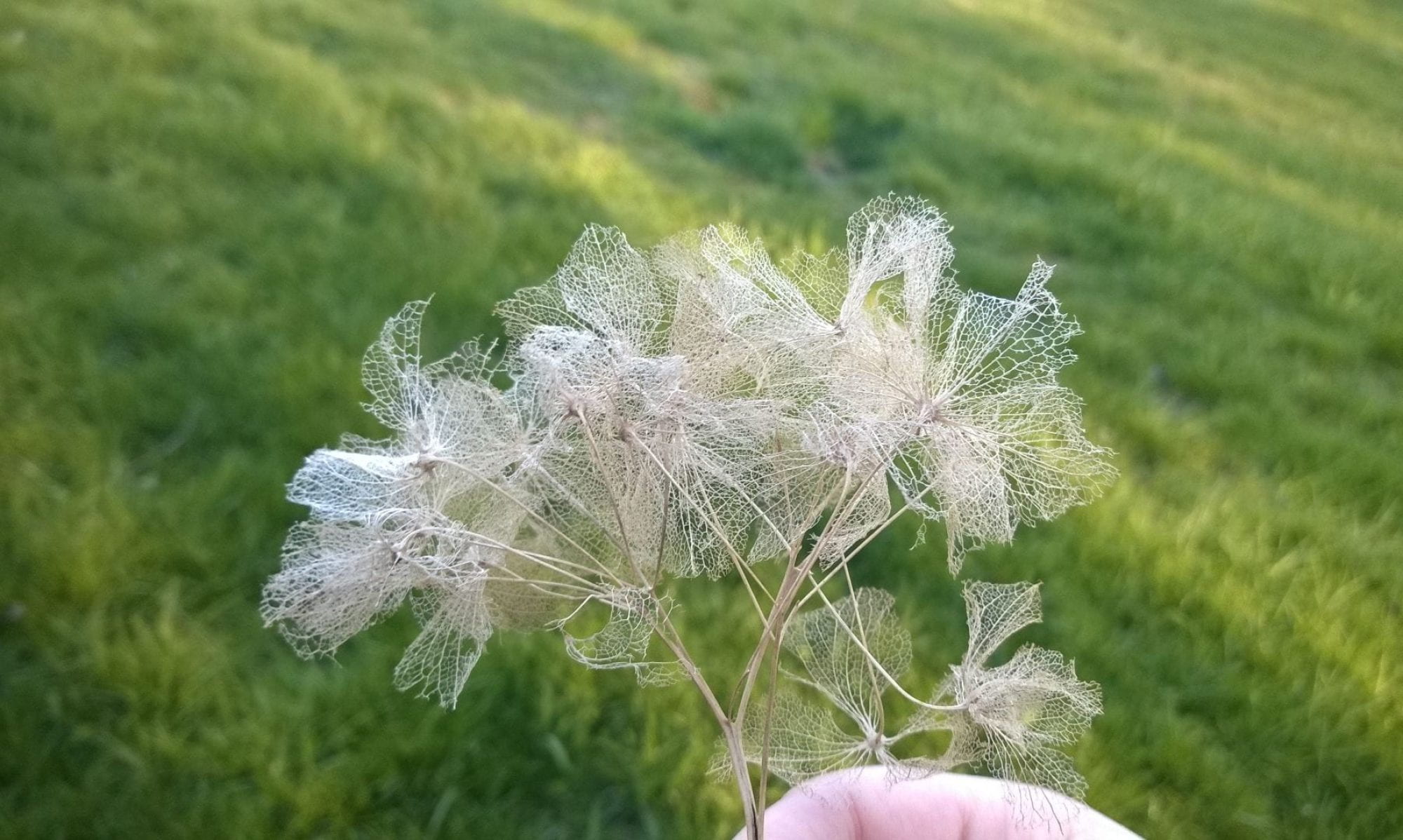
Hi Rose, I really enjoyed reading your blogpost and also enjoyed Leah Thomas’ article. One thing that I did not point out in my blogpost but realized while reading yours was all of the different communities affected when looking through the lens of intersectional environmentalism. Particularly the food insecure community. I think when looking at it through this viewpoint we can really see the scope of the importance of looking at oppression of people and environmental degradation through an intersectional lens. I pointed out in my blog post that environmental degradation is also socioeconomic in that it is done for capital gains. Environmental degradation for socioeconomic gain can lead to food insecurities because of toxic chemicals and pollution being released which leads to increased transmitting of diseases resulting in food insecurities as families may be forced to seek medical care rather than supply food. When looking at this through an intersectional approach on societal oppression the majority of people suffering from food insecurities not only low income but are also people of color. This makes a clear connection between an intersectional approach to environmental degradation and an intersectional approach to societal oppression. Thank you for a thought provoking post!
Hi Brooke,
I found this week’s topic very engaging, particularly due to my strong interest in intersectionality theory, which is one of my favorite subjects in WGS, and it played a significant role in my decision to minor in Sociology. It is remarkable how our identities intersect in numerous ways, and the more we delve into it, the more complex intersections we discover. It is truly fascinating to explore!
You are so right in noting that environmental issues are deeply intertwined with social and economic factors, often driven by the pursuit of profit. By adopting an intersectional approach to environmentalism, we can recognize how different forms of oppression and marginalization intersect to contribute to environmental degradation. This approach enables us to not only address environmental issues but also tackle the underlying social and economic problems. One approach to doing this is through advocating for policies that promote environmental justice, such as clean energy and pollution reduction. Such policies can also help to tackle issues of inequality and poverty, including food insecurity.
Hi Rose!
The way you approached and explained intersectionality and the ecofeminist interconnected “web” perspective was very insightful. I thought your post was structured in a very understanding and knowledgeable way that gave me a better comprehension of the topic myself.
When you stated that a garden provides a “spiritual and emotional space” it reminded me of the cultural connection that people have to plants. From the Agarwal reading, I remembered that the knowledge of plants and herbs was something that was passed down from the women in the family (Agarwal 126). The medicinal and nutritional knowledge of plants, roots and trees is something that is threatened by climatic disasters and climate change. Just as plants, trees and herbs are vital to our ecosystems, they are also vital to the culture and livelihood of marginalized communities.
I also wanted to mention that I love the photos you provided of your garden, it makes me excited for spring and creating a garden myself. The comparison of tending to a garden to intersectional environmentalism was very moving and inspired me to dig deeper into how gardening can help with overall emotional well-being as well as looking at gardening from an ecofeminist perspective. I came across an article called Soil Sisters – Ecofeminism in Practice by Simone Due Rasmussen. In the article, Rasmussen describes the Wen’s Soil Sisters as a program that “brings social and therapeutic gardening to support women living in refugees who have experienced domestic violence” (Rasmussen). Overall, it’s a short article that I found really inspiring and informative. I provided the link below if you’re interested!
https://www.wen.org.uk/2019/12/09/ecofeminism-in-practice/
Hi Sam,
I’m glad to hear that you found my post insightful and that it helped you better understand the topic. I agree with you and Agarwal, plants and herbs hold significant cultural and historical value, especially in marginalized communities, and it is essential to acknowledge and protect that knowledge from the threats posed by climate change and other environmental disasters.
The love of plants and the peace that comes from gardening is ingrained in my DNA. It has been a significant part of my family’s life for generations, and most of my knowledge of medicinal uses of plants and recognizing what they are were in fact passed on by my grandparents to my parents, and now my siblings and I. While some view them as just plants, we view them as living organisms that need caring and nurturing. Sometimes I wonder what someone would say if they could hear me talking to my plants – indoor and outdoor. They might think I am insane, but I respect the plants and I enjoy being around them…they bring me peace and joy. As I mentioned in a previous blog, being in my garden and caring for my plants is my therapy.
I’m happy to hear that my post inspired you to learn more about gardening and its connection to emotional wellbeing and ecofeminism.
The Wen’s Soil Sisters program sounds like an excellent initiative, and I will most definitely check out the article. Thank you for sharing!
Hi Lizzy,
I am glad you enjoyed reading my post and found it insightful.
Thank you for sharing Audre Lorde’s essay. She was a notable figure in the fields of activism and writing, and her works focused on social justice and intersectionality. Thank you for sharing her essay with me. I recall reading this particular piece during my initial year of WGS, and her statement that feminists had an obligation to educate themselves about Black women and their distinctions to preserve the movement stayed with me.
I am also glad the garden metaphor resonated with you. I find that it to be a helpful way to think about intersectionality and how different identities and experiences intersect and influence one another. Just as a garden has many different types of plants and requires careful attention and cultivation to thrive, so too must we be mindful of the multiple identities and experiences that make up our lives and work.
Thanks again for sharing the essay. It will be nice to refresh my memory. 🙂
Hey Rose,
I really enjoyed reading your post this week and think you intertwined all of these ideas beautifully. In a web of sorts, much like the topics you discuss.
One thing that really jumped out at me was the image with a quote from Audre Lorde. I haven’t read much of her work but I know that she was a black, queer, feminist who often spoke out about these topics. In her biography on the Poetry Foundation website, they mention an essay from her earlier writing that speaks about the topics of race, class, and gender. It’s a good read and I think it applies well to the topic of intersectionality. Here’s the link if you wanted to check it out:
https://collectiveliberation.org/wp-content/uploads/2013/01/Lorde_The_Masters_Tools.pdf
I especially enjoyed your metaphor to the garden. It made a few things click in my head and gave me a deeper understanding of some of the material from this week. Thank you for sharing!